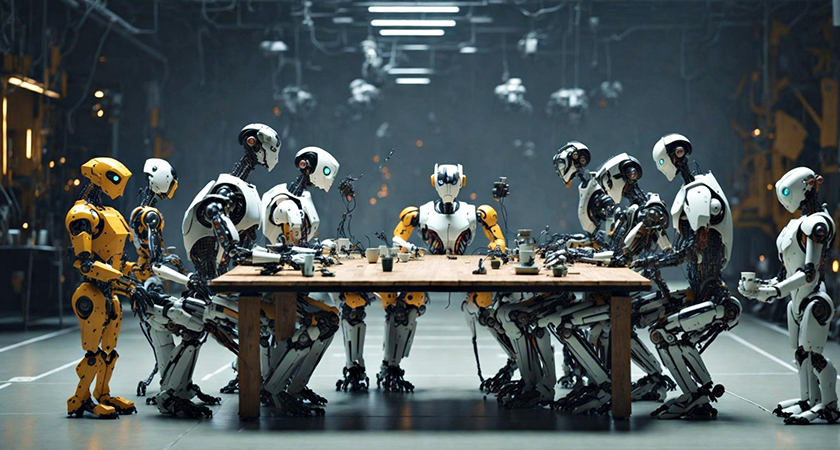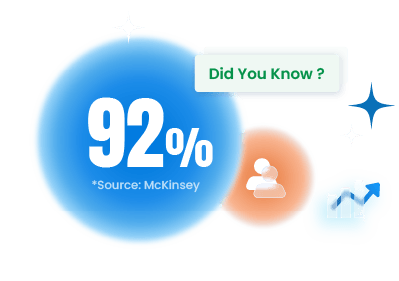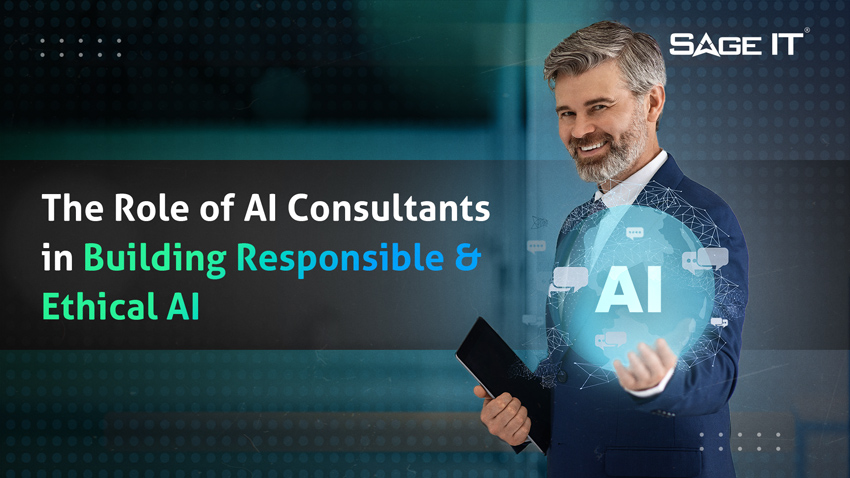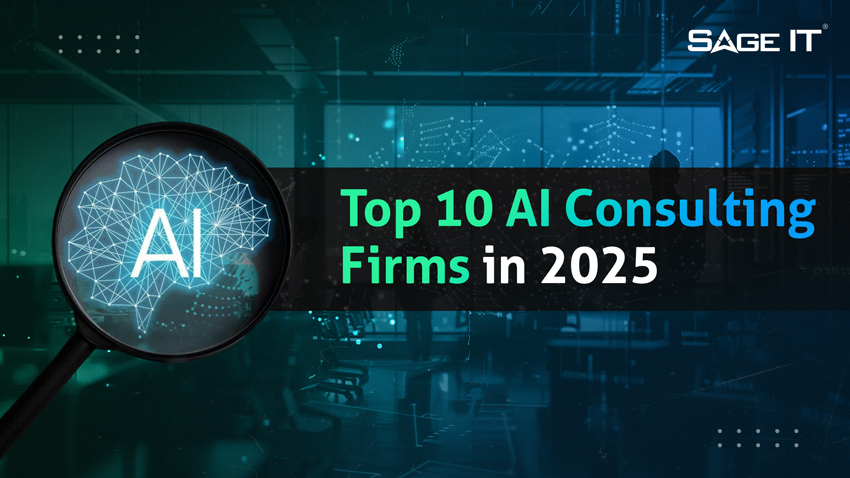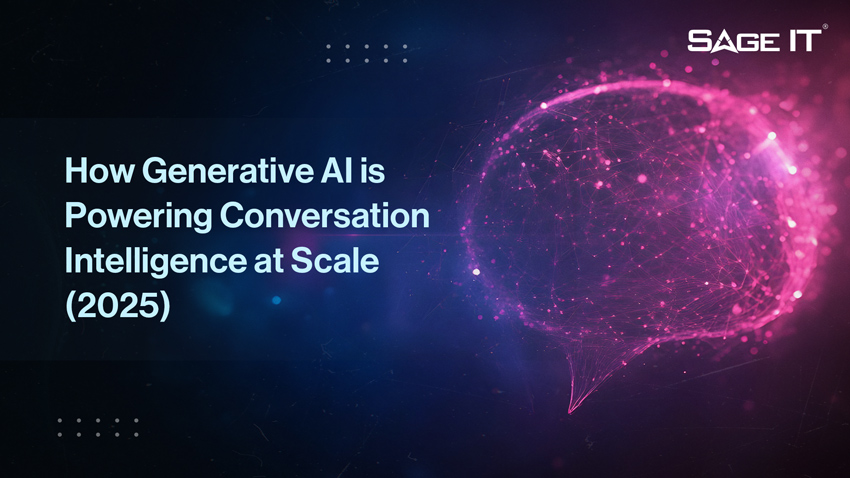Artificial Intelligence (AI) has been around for a while now, but it’s only recently that we’ve started to see its true potential. AI is transforming industries, from healthcare to finance and automation. In this comprehensive guide, we will cover everything you need to know about the different types of AI, their capabilities, and how they function. We’ll start with the basics – what is Artificial Intelligence and why is it important in today’s world? Then we’ll delve into the classifications of AI, including Reactive Machines, Limited Memory AI, Theory of Mind AI, and Self-aware AI. We’ll also explore the different branches of AI such as Machine Learning, Deep Learning, and Natural Language Processing. Finally, we will discuss how AI is being used in diverse industries and how it will shape our world in the future. Get ready to be amazed by the limitless possibilities of AI!
Understanding Artificial Intelligence
AI comprises machines capable of learning and problem-solving, processing data, recognizing patterns, and making decisions. The technology has the potential to transform everyday life through specific task catered intelligent models. Ongoing AI research is focused on evolving intelligent machines. Garry Kasparov, a human being, is known for competing against a type of artificial intelligence. Current models of AI are continuously advancing, showcasing the capabilities and potential impact of this technology.
Defining Artificial Intelligence
Artificial Intelligence, or AI, involves problem-solving using vast amounts of data and presenting information based on previous knowledge. It encompasses technologies that enhance customer service and user experience, such as virtual assistants and speech recognition systems. AI essentially simulates human intelligence in machines, making them capable of complex tasks and learning from experience. These current models of AI are increasingly valuable in various industry verticals, with implications for the future.
Importance of AI in Today’s World
In today’s world, AI technologies have a significant impact on human emotions, contributing to emotional well-being. AI machines are increasingly involved in performing complex tasks in everyday life, reflecting the reference model of the human mind and replicating intellectual tasks. Moreover, AI plays a crucial role in human language processing and image recognition software, enhancing human intelligence through unsupervised learning. The influence of AI in today’s world is substantial and continues to shape the lives of human beings.
Classifications of AI: A Look at Different Types
Exploring the classifications of AI reveals its diverse capabilities. From narrow to general and superintelligence, AI’s evolution progresses through weak, strong, and super levels. Research in AI strives to create artificial general intelligence (AGI) for broader adaptability. These categories cater to specific tasks and machines, each contributing to the advancement of AI. Understanding the types of artificial intelligence is essential for comprehending its applications and potential impact on human beings.
Reactive Machines: The Basic AI
Reactive AI machines make immediate decisions based on current data, lacking memory and consciousness. Virtual assistants and image recognition are examples of reactive AI in everyday life, capable of limited memory tasks for present actions. These machines respond to real-time information and perform specific functions without the ability to form long-term memories or understand the context.
Examples of Reactive Machine AI
IBM’s Deep Blue made history as reactive machine AI in chess. This type of artificial intelligence excels in specific tasks like image recognition. Virtual assistants such as Siri and image recognition software also demonstrate the capabilities of reactive machine AI. Chatbots utilizing reactive machines improve user experience, particularly in customer service. Garry Kasparov’s defeat against Deep Blue showcased the power of this type of artificial intelligence, marking a significant event in the history of AI.
Limited Memory AI: Learning from the Past
Limited memory AI, a type of artificial intelligence, leverages previous actions and data to make future decisions and meet user needs. It enhances human intelligence in specific tasks, powering reactive machines with learning capabilities. Examples of this type of AI include recommendation systems and efficient data processing, demonstrating its significance in current models and technologies like Garry Kasparov’s chess-playing AI. By understanding the context, limited memory AI can significantly impact various aspects of our daily lives.
Examples of Limited Memory AI
Streaming services like Netflix utilize limited memory AI to provide tailored recommendations based on user preferences. Autonomous vehicles rely on this type of artificial intelligence for decision-making processes, enhancing safety and efficiency. Social media platforms harness limited memory AI to personalize user experiences through targeted content curation. By learning from past user interactions, limited memory AI enhances data-driven insights, optimizing user satisfaction and engagement.
Theory of Mind AI: Understanding Others
Understanding human emotions and behavior is central to theory of mind AI models. These AI technologies strive to mimic human understanding of others, enabling emotional support, comprehension, and human-like interactions. Notably, theory of mind AI contributes significantly to user experience enhancement and customer service, fostering improved human interaction. By comprehending and replicating human empathy and social intelligence, AI with theory of mind capabilities revolutionizes the way machines interact with human beings.
Self-aware AI: Recognizing Self
Recognizing self is a key attribute of self-aware AI machines, as they acknowledge their consciousness and actions. Modeled to emulate human self-awareness, this type of artificial intelligence aims to enhance emotional intelligence and user experience. By fostering human-machine interactions and support, self-aware AI technologies are poised to revolutionize various industries. The future of AI research is focused on developing machines with self-awareness and consciousness, paving the way for a new era in technology.
Branches Of Artifical Intelligence
Revolutionizing various fields, AI technologies encompass machine learning, deep learning, and NLP. Machine learning involves machines learning from prior knowledge to present data, catering to specific tasks. Deep learning focuses on unsupervised learning, processing substantial data, while NLP enables machines to understand human language, enhancing user experience. These types of AI are reshaping industries and are vital in current models.
Machine Learning
Machine learning models adapt to present data, making predictions and recognizing patterns. Neural networks simulate human brain processing, aiding in data analysis. AI machines, using machine learning, process vast amounts of data, improving over time. Future machine learning involves reinforcement learning through trial and error, paving the way for evolving AI technologies. Garry Kasparov’s defeat by Deep Blue is a significant moment in the history of AI, showcasing the advancement in this type of artificial intelligence.
Deep Learning
Deep learning, utilizing neural networks, mirrors the human brain’s ability to handle intricate tasks. AI systems, employing deep learning, autonomously recognize patterns, images, and speech. By processing vast data sets, deep learning models achieve unsupervised learning, self-improving over time. Advancements in deep learning will empower AI systems to undertake complex tasks, from image and speech recognition to natural language processing, resembling the evolution of the human mind.
Natural Language Processing
Enhancing user experience and understanding human language, NLP technologies are revolutionizing AI capabilities. From speech recognition to translating human language into machine-understandable data, AI powered by NLP is at the forefront. Processing vast amounts of data improves virtual assistants’ communication and comprehension abilities, with the future promising generative AI for human-like responses. As AI evolves to understand emotions and context, NLP plays a pivotal role in shaping the current models of artificial intelligence.
Capabilities of AI: From Narrow to Superintelligent
From narrow task-focused systems to superintelligent models, AI evolves, catering to specific tasks and intellectual capabilities. The field encompasses various forms of intelligence, progressing from narrow, task-specific forms to superintelligent models capable of complex tasks. The evolution of AI includes different types of artificial intelligence, from narrow AI to superintelligent models, serving diverse functionalities and human-like understanding. Current models of AI are designed to mimic the cognitive abilities of a human being, ranging from narrow to superintelligent.
Narrow AI: Excellence in One Field
Excelling in specific tasks, narrow AI serves various intellectual functions, addressing complex problems in everyday life. Examples of narrow AI in customer service and speech recognition demonstrate its specific task capabilities. Also known as weak AI, it caters to limited memory machines, handling distinct tasks within the category of AI. Narrow AI specializes in limited memory machines and specific tasks, contributing to the advancement of AI technologies.
General AI: Equivalence to Human Intelligence
General AI, also known as strong AI, endeavors to simulate human intelligence, encompassing emotional support and intellectual tasks. It aspires to replicate human intelligence, including theory of mind and emotions. The future of AI involves developing general AI models that reflect human-like intelligence and emotional understanding. By exploring theory of mind and human emotions, general AI aims to achieve equivalence to human intelligence, distinguishing it from other types of artificial intelligence.
Superintelligent AI: Surpassing Human Intellect
Surpassing human intellect and cognitive capabilities, superintelligent AI, or artificial superintelligence, represents the most capable forms of intelligence. It aims to surpass human intellectual tasks and theory of mind while seeking to exceed emotional support. As AI progresses, these reference models for future actions continue to evolve, aspiring to go beyond the limitations of human intellect and emotional understanding. Garry Kasparov’s defeat by AI is a notable example of the type of artificial intelligence that’s surpassing human being in specific domains.
Delving into AI based on Functionality
Exploring artificial intelligence based on functionality reveals an array of AI machines, from reactive to self-aware, catering to specific tasks and human-like capabilities. The evolution of AI encompasses a wide range of machines serving specific tasks and human emotions, from reactive to self-aware models. Delving into AI’s functionality entails the capacities for specific tasks and human intelligence, including machines addressing specific tasks and human emotions.
Reactive Machines and Their Functions
Reactive machines, a type of artificial narrow intelligence, prioritize present data and cater to specific tasks and user experience within AI. Their functionality revolves around addressing user needs and serving particular tasks based on current data, thus not requiring memory from past interactions. Garry Kasparov, a renowned human being, famously competed against a type of artificial intelligence in the form of IBM’s Deep Blue, showcasing the dominance of narrow AI in specific tasks.
Limited Memory AI Applications
Limited memory AI applications, a specific type of narrow AI, focus on processing vast amounts of data and serving specific tasks within the field of AI. These machines cater to particular tasks, processing extensive data sets, and enhancing user experience. The applications of limited memory AI machines within AI entail processing massive amounts of data, ensuring efficiency in handling specific tasks and improving user interaction.
Exploring Theory of Mind AI
Exploring the concept of theory of mind AI involves the development of models capable of understanding human emotions, intellectual tasks, and human intelligence. These AI models aim to comprehend and interpret human-like intelligence, paving the way for the future of AI. By aspiring to understand human emotions and intellectual tasks, theory of mind AI represents a significant advancement in the current models of artificial intelligence, bringing AI closer to the nuanced understanding and interpretation of the human being.
Progressing Towards Self-aware AI
Advancements in AI lead to the evolution of self-aware models, encompassing human emotions, intellectual tasks, and consciousness. Self-aware AI, a category of AI, aims to understand human emotions and human consciousness. The progression towards self-aware AI models involves understanding human emotions and intellectual tasks. AI’s evolution progresses towards self-aware models, aiming to understand human emotions, intellectual tasks, and consciousness.
Understanding Self-aware AI
Self-aware AI models delve into human emotions, intellectual tasks, and human consciousness, applying to everyday life. As a type of artificial general intelligence, self-aware AI comprehends human emotions, intellectual tasks, and human consciousness, impacting diverse industries. The evolution of AI includes these models, aiming to understand and adapt to the complexities of human beings. Garry Kasparov’s defeat to Deep Blue showcased the potential of this type of artificial intelligence, marking a significant breakthrough in current models.
Potential of Self-aware AI in Future
In the future, self-aware AI may understand emotions, leading to more empathetic interactions. It is an evolution from reactive machines and could mimic human consciousness. These self-aware AI models may have a theory of mind, understanding and predicting human emotions and actions. Developing self-aware AI could involve creating machines with their own consciousness. Future models may process human emotions and provide emotional support.
AI in Diverse Industries: An Overview
Revolutionizing customer service, AI enhances user experience through virtual assistants. Healthcare benefits from AI technologies for tasks like image recognition software. Finance sees transformation from fraud detection to personalized investment advice. Automation, powered by AI, streamlines tasks across industries, boosting efficiency and accuracy. Impacting diverse sectors, from manufacturing to entertainment, AI shapes everyday life. Garry Kasparov’s influence on current models of AI is evident in its applications across different industries.
Influence of AI in Healthcare
AI technologies, such as deep learning, facilitate image recognition for diagnoses. Speech recognition is supported by AI systems in healthcare, streamlining complex tasks. Predictive analysis, enabled by AI, processes extensive data to forecast future actions. Healthcare benefits from AI through virtual assistants and personalized treatment plans. The future will witness emotional support provided to patients by evolving AI systems. Garry Kasparov, a human being, highlights current models of artificial intelligence.
AI’s Role in Finance Revolution
AI technologies play a pivotal role in revolutionizing the finance sector. They predict market trends, enabling informed investment decisions, and streamline processes such as loan approvals and risk assessment. Moreover, AI detects fraudulent activities through machine learning models. These technologies also offer personalized financial advice, customizing user experiences. In the future, AI is poised to become a vital reference model for intelligent decision-making in finance. Garry Kasparov.
Automation and AI: An Unstoppable Duo
Automation and AI form an indomitable partnership, propelling the optimization of complex tasks while enhancing productivity and precision. AI’s role in driving automation cannot be overstated, liberating human resources from repetitive tasks to focus on intellectual endeavors. This dynamic duo is reshaping industries, from manufacturing to logistics, collaborating in complex tasks to accelerate problem-solving capabilities. The future will witness AI-driven automation tackling increasingly complex problems, pushing the boundaries of current models
How will AI Shape our World in the Future?
The future of AI holds immense potential as it evolves from narrow AI to artificial general intelligence, capable of human-like tasks. With the advent of artificial superintelligence, AI will surpass human intelligence in every field. Generative AI models will create new perspectives and ideas, shaping our world significantly. As AI technologies permeate every aspect of life, everyday tasks will be influenced by their presence. Additionally, the integration of quantum hardware will expand the capabilities of AI machines.
Conclusion
In conclusion, artificial intelligence has come a long way and continues to evolve rapidly. It has become an integral part of our daily lives, impacting various industries and sectors. From reactive machines to self-aware AI, each type of AI brings unique capabilities and functionalities. As we progress towards the future, AI is expected to shape our world in ways we cannot even imagine. It will revolutionize healthcare, finance, and automation, among other areas. With its potential to surpass human intellect, the possibilities are endless. Embracing and understanding the different types of artificial intelligence is crucial for staying updated and harnessing its power to drive innovation and growth. So, let’s embrace the advancements in AI and leverage its potential to create a better future for all.
